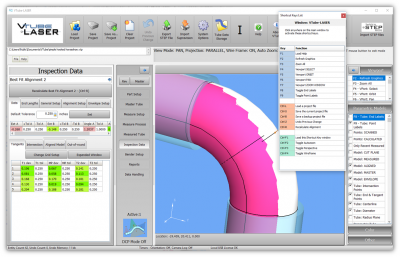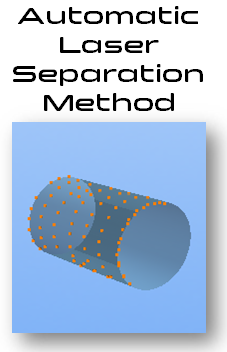Difference between revisions of "VTube-LASER UniScan Automatic Laser Separation"
From ATTWiki
(→How AUTOMATIC LASER SEPARATION Method for UniScan Mode Works) |
(→How AUTOMATIC LASER SEPARATION Method for UniScan Mode Works) |
||
| Line 45: | Line 45: | ||
<br><br> | <br><br> | ||
| − | ==How AUTOMATIC LASER SEPARATION Method | + | ==How AUTOMATIC LASER SEPARATION Method Works == |
<table cellpadding=10 width=1200> | <table cellpadding=10 width=1200> | ||
Revision as of 00:17, 9 March 2019
|
UniScan Automatic Separation TutorialRelease Date: February 2, 2019
|
Contents |
About the AUTOMATIC LASER SEPARATION Method for UniScan Mode
|
The AUTOMATIC LASER SEPARATION method allows VTube-LASER to automatically control the separation distance between laser stripes based on the known MASTER tube length. |
How AUTOMATIC LASER SEPARATION Method Works
|
Other Pages
- See VTube-LASER Addata ZModem Communications Protocol for more information.
- Back to VTube-LASER
- Back to VTube Software Updates (for LASER Mode)
- See also VTube-STEP
- See also VTube-STEP Revisions
- See VTube-LASER Customer Support Page to download the latest version.
- See the tutorial on DCF - Dual Cylinder Fit
- See the tutorial on DCP - Diameter Cut Planes
- See VTube-LASER Cut Planes
- See How to Measure Tubes Attached to an Evaporator with the DCP Feature


